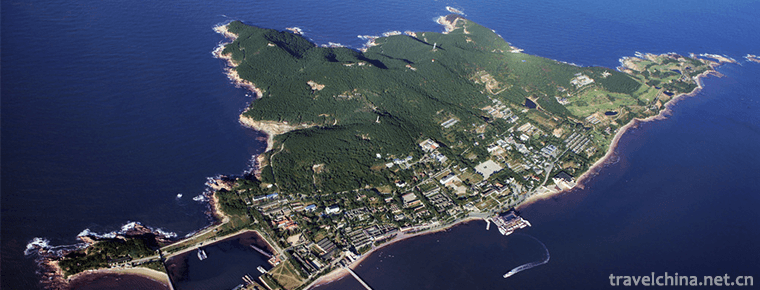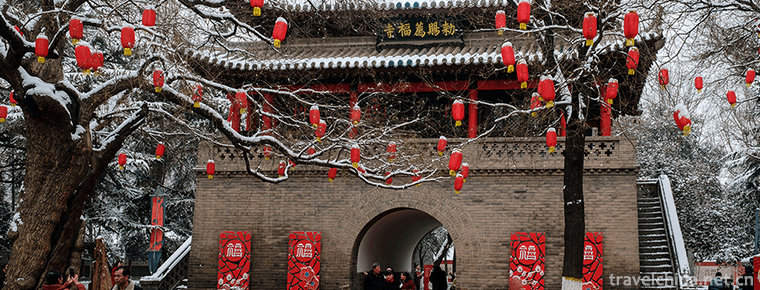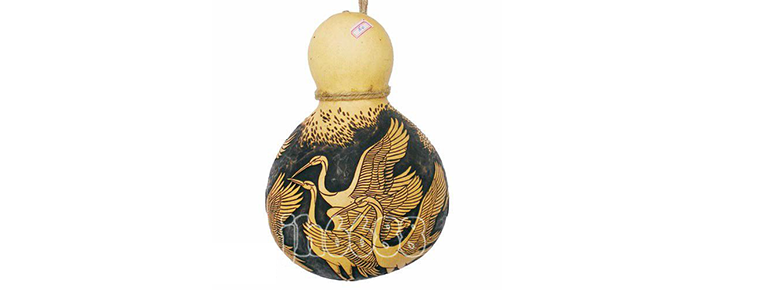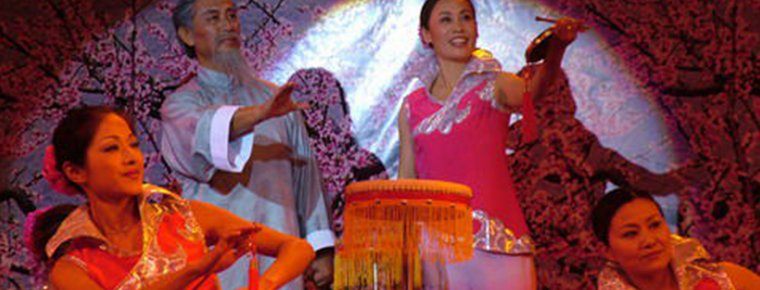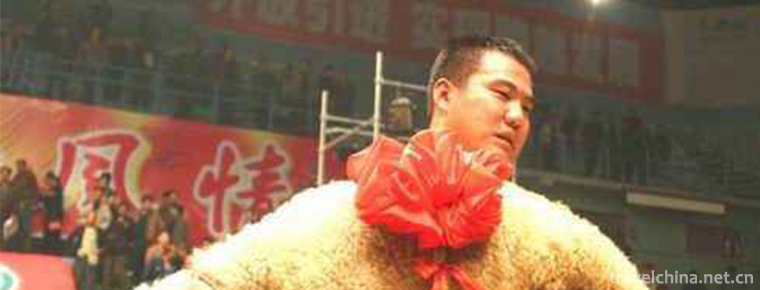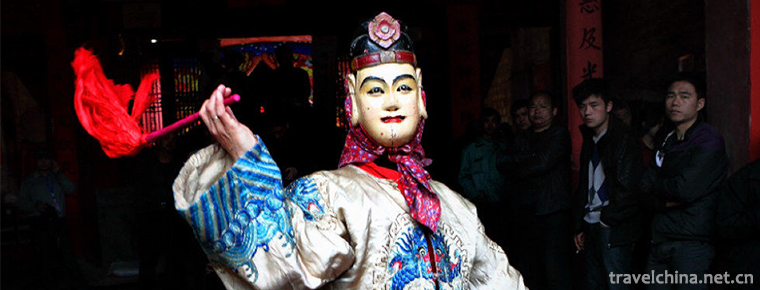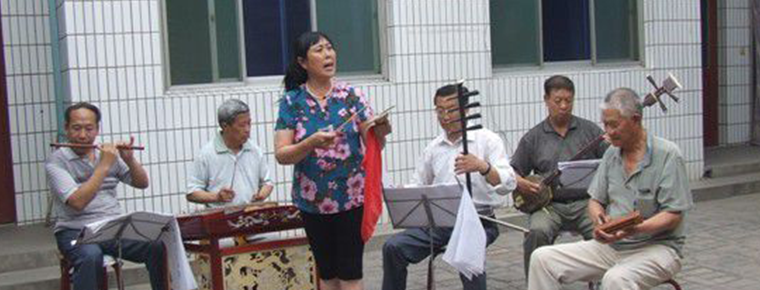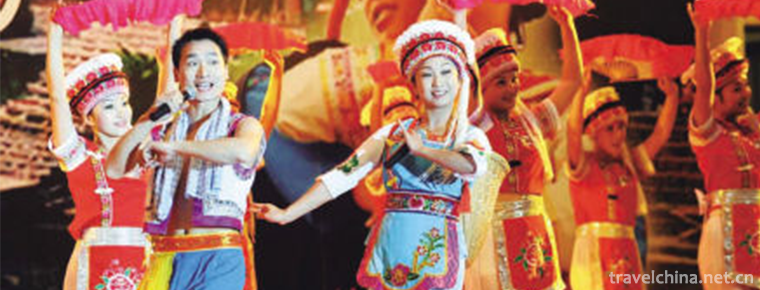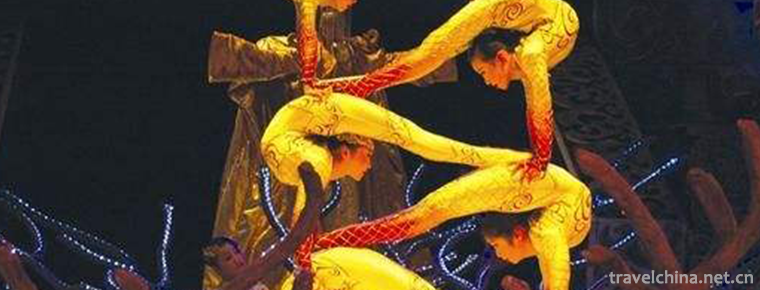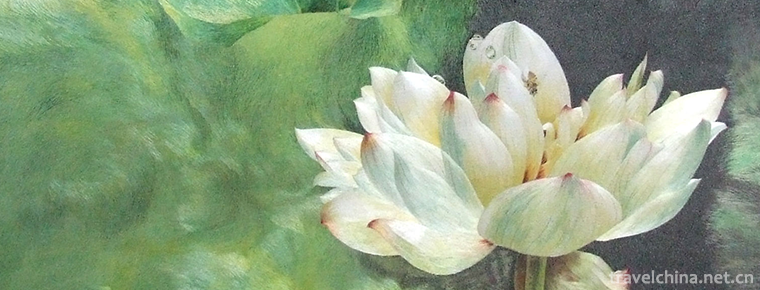Pudacuo National Park
Pudacuo National Park, located in the center of the world natural heritage area of the "three parallel rivers" in Northwest Yunnan, consists of the international important wetland Bitahai Nature Reserve and the Duhu Scenic Area of the "three parallel rivers" World Natural Heritage Haba, which belongs to the Duhu Lake Scenic Area and the Melitang Subalpine Ranch. It is also one of the main tourist attractions in Shangri-La.
Elevation is between 3500 meters to 4159 meters, is a provincial nature reserve, is an important part of the "three rivers parallel flow" scenic spot. Pudacuo National Park has geological landforms, lakes and wetlands, forest meadows, valleys and streams, rare animals and plants, the original ecological environment is well preserved. It is 22 kilometers away from the urban area of Shangri-La, with a total area of about 1313 square kilometers.
Pudacuo, a provincial nature reserve, is an important part of the "Three Rivers Parallel Flow" scenic spot. It is mainly composed of Duhu Lake (about 3.3 km walk length) and Bita Sea (about 4.4 km walk length, 3A national tourist area). The planning area covers a total area of 1,313 square kilometers and is developed according to seven major plates. The developed area accounts for only 3 of the total area. The park has geological landforms, lakes and wetlands, forest meadows, valleys and streams, rare animals and plants, and the original ecological environment is well preserved.
The protection area belongs to sub temperate climate, which is long in autumn and winter and short in spring and summer. The average annual temperature is 5.4 C, the monthly average temperature in the hottest month (July) is 13.2 C, and the monthly average temperature in the coldest month (January) is - 3.8 C
climatic resources
Shangri-La Pudacuo National Park has mirror-like mountains and lakes, watery pastures, flowering wetlands, and primitive forests where birds and animals often haunt. The two beautiful lakes of the pitahai and the genera lakes are known as Plateau Pearl.
The lake is rich in schizophrenia, heavy lipped fish; autumn and winter season, a large number of yellow ducks and other birds in the lake play, naturally interesting.
The scenic area has abundant rainfall and pleasant climate. Such natural conditions, making plants flourishing, vegetation rich, like a natural botanical garden. In addition, there are a number of fault cliffs, forest Xiaojian, deep gorge and other unique interlaced distribution of small scenery, with high geographic value and tourism value.
plant resources
The vegetation in Pudacuo National Park is mainly fir with long bracts. Secondly, according to different altitudes and yin-yang slopes, azalea, arrowhead bamboo, moss, honeysuckle, spruce, alpine pine, alpine oak, short-spined oak, sequoia, red birch, aspen, birch and so on, they are mainly Artemisia meadow and aquatic plants. They are mainly fragrant communities, Potamogeton glabra community, foxtail community, and meihua algae community.
Animal resources
There are many rare animals and birds in the nature reserve of the National Park. There are mainly the first class of national animal protection black-necked crane, the second class of animal protection rhesus monkey, lynx, clouded leopard, golden cat, black muntjac, muntjac, furry deer, musk deer, Tibetan pheasant, green-tailed red pheasant and so on. The three type of protective animals are blood pheasants. There are also some economic animals and ornamental animals.
They are mainly black bear, Tibetan rat, mole, plateau rabbit, red bellied squirrel, bamboo rat, green-headed diving duck, duck, parrot and thrush with high ornamental value.
Double tower heavy lip fish:
It is said that there is a kind of rare fish called "Bita heavy lipped fish" growing in the Bita Sea, is a very old fish, for the Quaternary glacial legacy of the ancient creatures, meat delicate, delicious, is the best fish food. But Pudacuo belongs to the Tibetan area. Tibetans practise celestial burial and water burial. Fish eat human flesh. Therefore, Tibetans do not eat fish. Those fish live freely in the Bita Sea, no one fishing, self-extinction, and this kind of fish generally deep in the lake bottom, rarely landing, so the Tibetan people regard it as a God fish, can see the God fish is very lucky people.
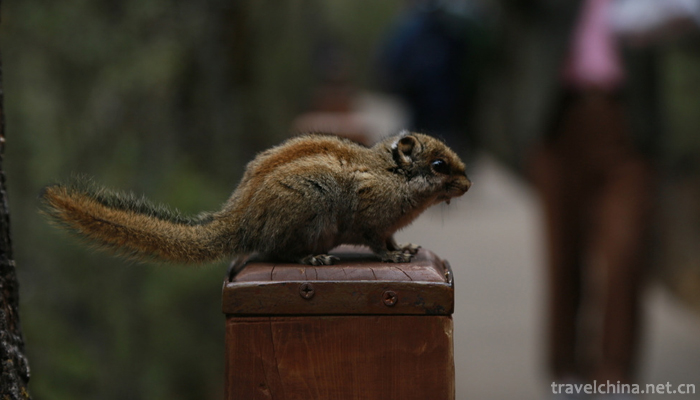
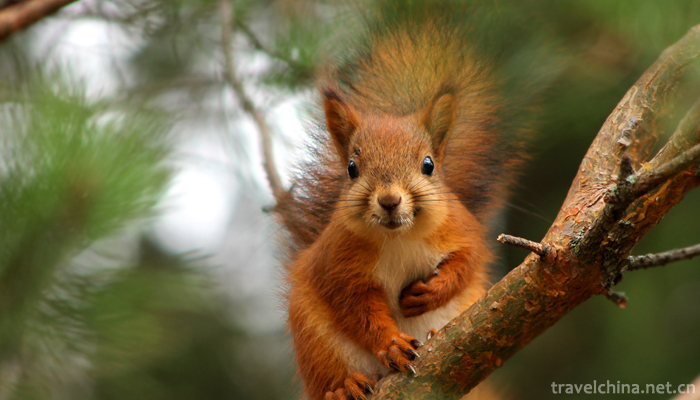
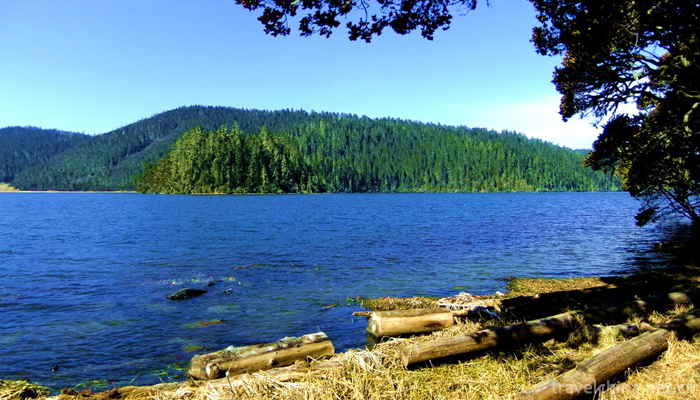

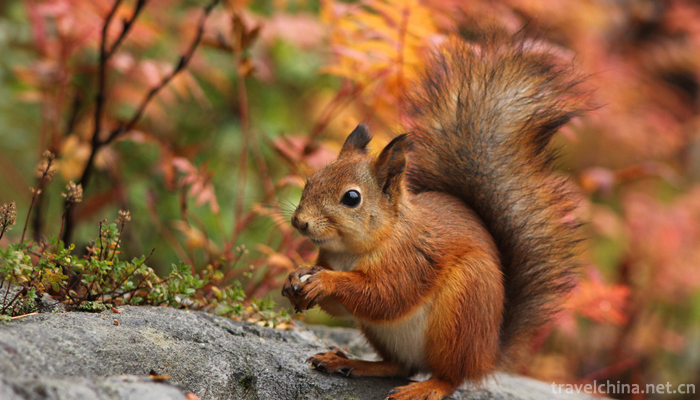
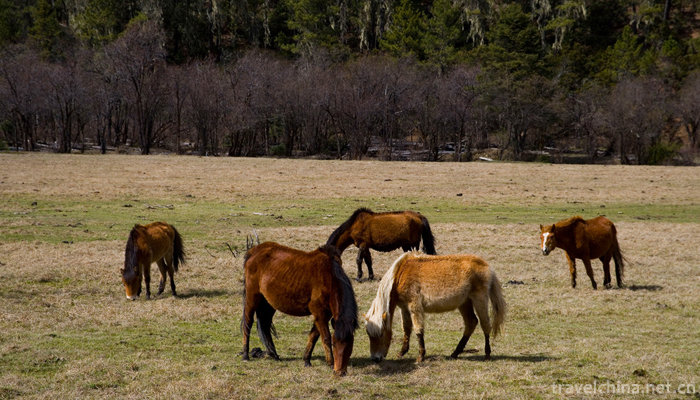
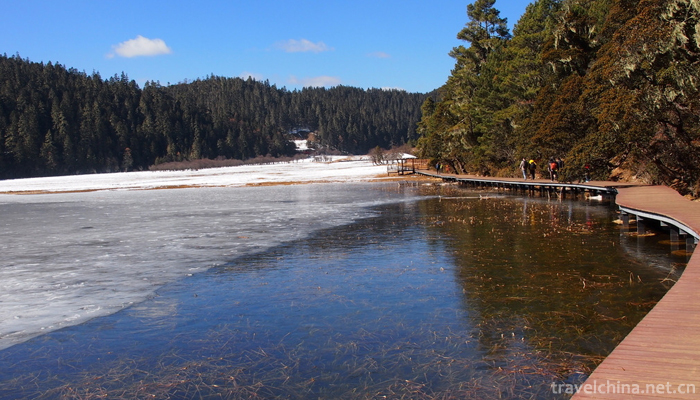
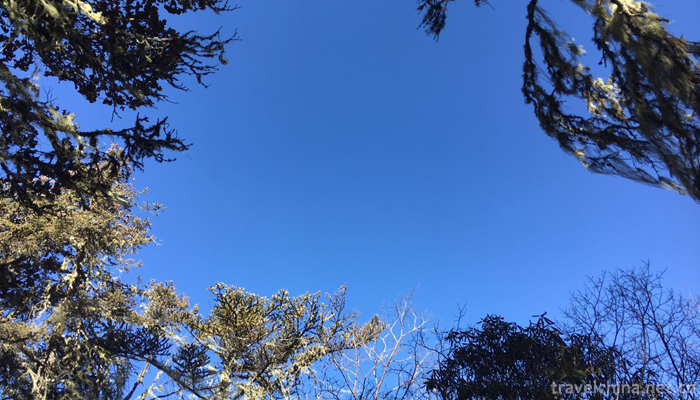
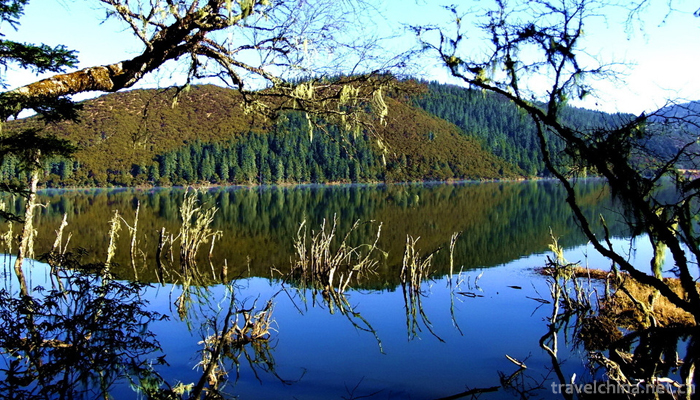
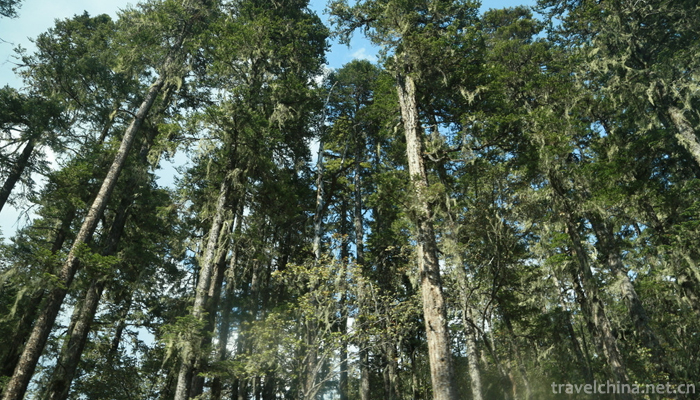
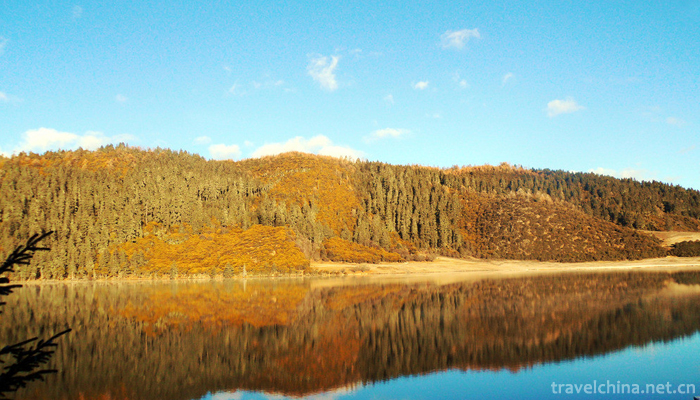
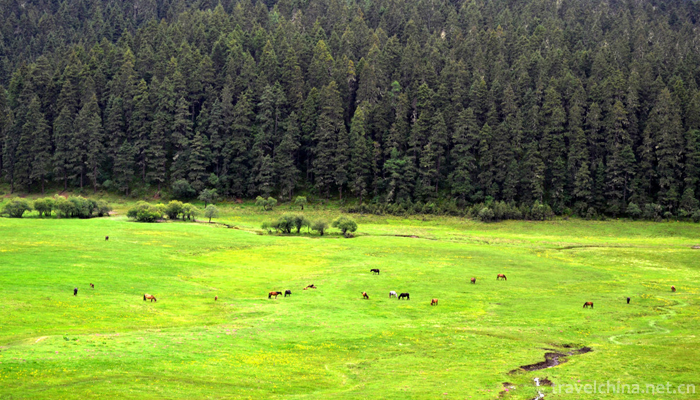
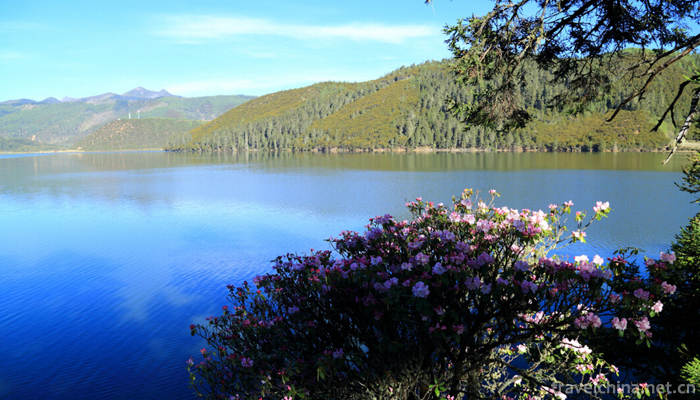

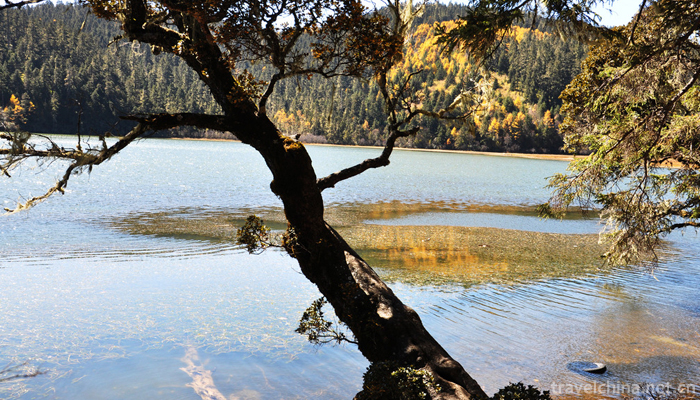
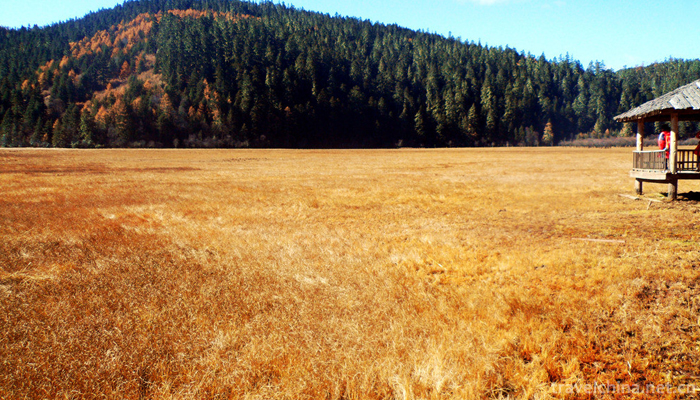
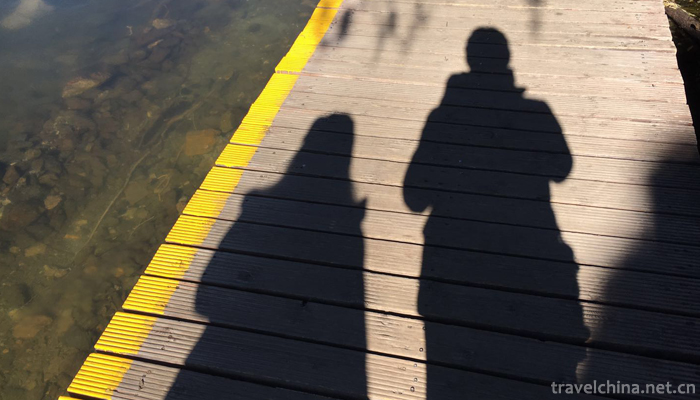
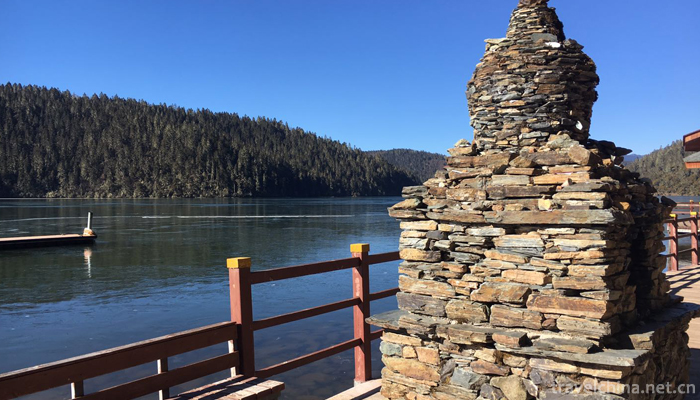
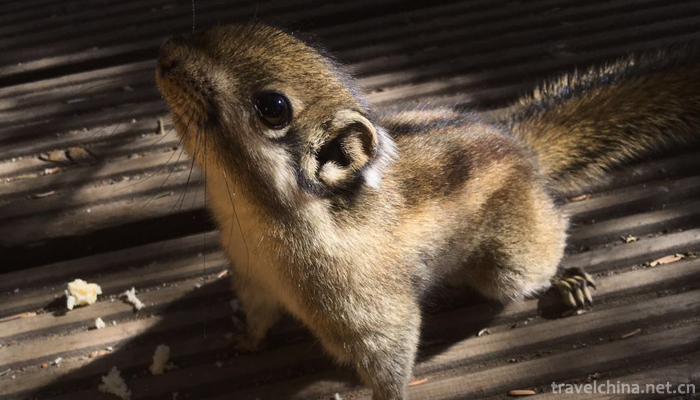
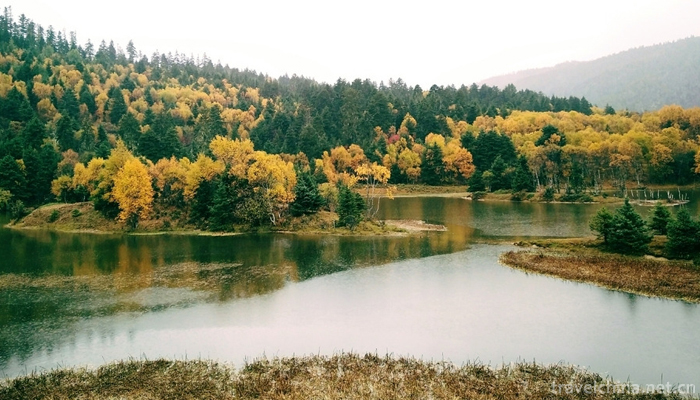
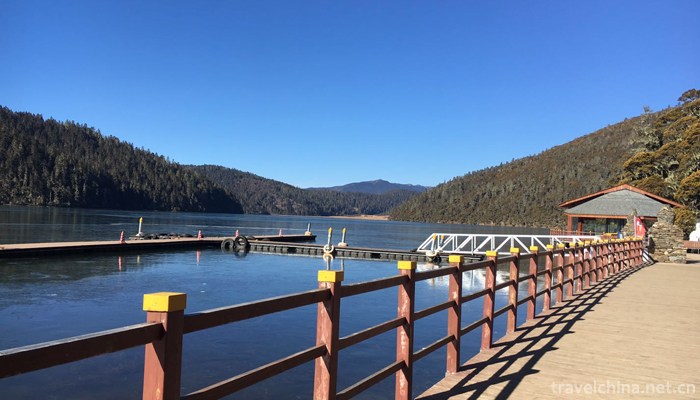
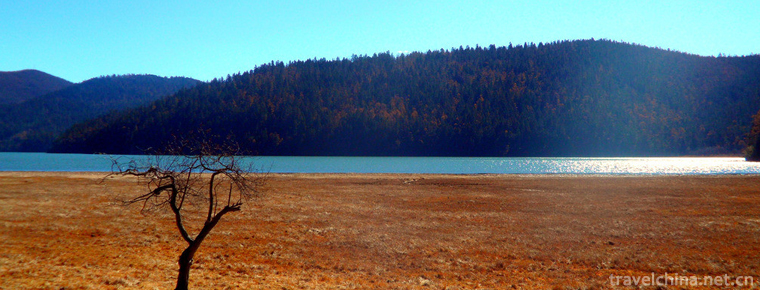
Pudacuo National Park
-
Weihai Liugong Island Scenic Area
WeihLiugong Island is located in Weihai Bay, the easternmost part of Shandong Peninsula. It has rich and unique cultural landscape, including the Warring States site dating back thousands of years
Views: 132 Time 2018-12-08 -
Little wild goose pagoda
Xiaoyan Pagoda is located in the Jianfu Temple of Anrenfang, Chang'an City, Tang Dynasty (now the southern suburb of Xi'an City, Shaanxi Province), also known as the "Jianfu Temple Pagoda".
Views: 233 Time 2019-02-25 -
Gourd sculpture
There are two techniques for carving gourds. One is to use three kinds of special steel needles, large, medium and small, to carve the landscape, flowers and characters in the gourd
Views: 398 Time 2019-05-03 -
Gongs and drums
The Gong and drum books used to be called "Taibaoshu", "Taibao" is derived from the activities of "Taibu" in the countryside of Shanghai suburbs and counties, which seeks
Views: 142 Time 2019-05-15 -
Scratch sheep race
The Naoyang Competition is a traditional Chinese folk custom activity mainly in Xinzhou City, Shanxi Province. It's a wrestling competition with a live sheep as a prize. In the countryside, "scra
Views: 123 Time 2019-06-07 -
nuo dance
In the traditional Chinese civilization, "Nuo" is a social and cultural phenomenon with strong religious and artistic color, which has a long history and is widely popular in the Han nationa
Views: 195 Time 2019-06-08 -
Quwoqin Books
Quwo Qinshu is a kind of local traditional folk art form which was formed and mainly popular in Quwo County in the south of Shanxi Province and its adjacent areas of Shanxi, Shanxi and Henan provinces
Views: 333 Time 2019-06-11 -
Sangzhi Folk Song
Sangzhi folk song originated from the ballads of the ancestors'daily production and life in the primitive farming period. It is a kind of folk music culture created, Sung and accumulated by the people
Views: 150 Time 2019-06-12 -
Wuhan acrobatics
In the 20 years of Qingdaoguang (1840), folk acrobats from Tianmen, Wuyang and other places in Hubei came to Wuhan to perform, and then gradually formed a class club to enter the stage. Folk artists s
Views: 172 Time 2019-06-30 -
Hunan embroidery
Hunan embroidery is one of the four famous embroidery in China. It is the general name of Hunan embroidery products with distinctive Hunan-Chu cultural characteristics centered in Changsha, Hunan Prov
Views: 327 Time 2019-07-06 -
Huahu Lake
Huahu is located on the 213 national road between Ruoergai in Sichuan Province and Langmu temple in Gansu Province. It is a natural Haizi on the grassland of GER dam. Geer dam is the second largest grassland in China after Hulunbeir Grassland
Views: 169 Time 2020-11-07 -
Population of Deyang
By the end of 2018, the total number of households in Deyang was 1 million 575 thousand, and the total registered residence population was 3 million 870 thousand. Among them, there were 1 million 242 thousand urban residents and 2 million 629 thousand rural population
Views: 335 Time 2020-12-14
